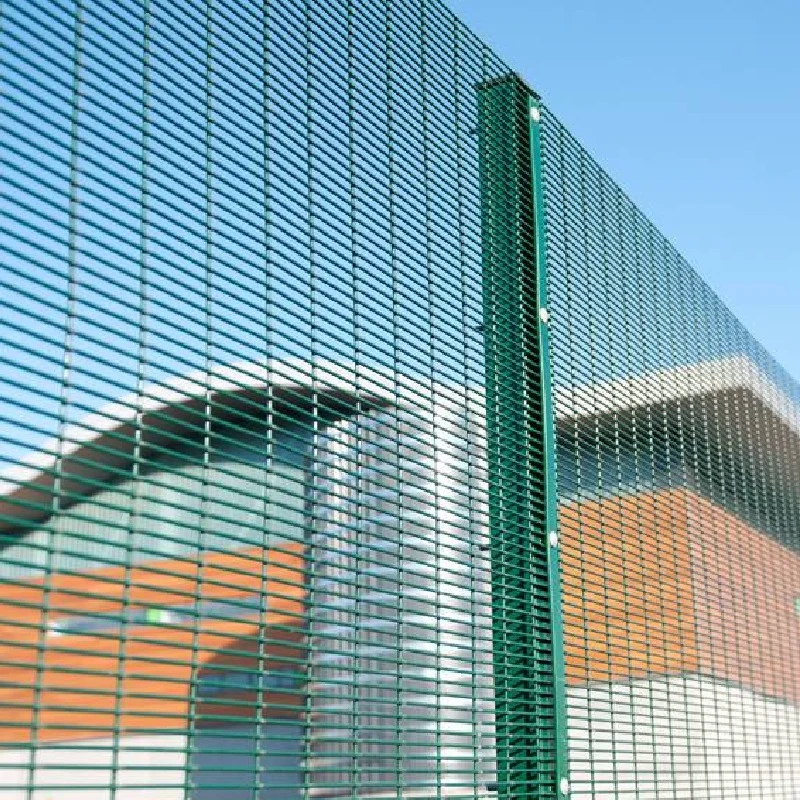Dec . 12, 2024 10:12 Back to list
gabion wire specification
Gabion Wire Specification A Comprehensive Overview
Gabions, which are wire mesh baskets filled with rocks or soil, play a crucial role in civil engineering and landscape architecture for erosion control, retaining walls, and riverbank protections. The performance and longevity of gabion structures largely depend on the specifications of the wire used in their construction. In this article, we will explore the key specifications of gabion wire, which ensure that these structures are durable, resilient, and effective.
1. Material Composition
The most commonly used material for gabion wire is steel. However, not all steel is created equal. The wire typically needs to be made of high tensile strength steel, which provides additional durability and resilience against various environmental stresses. Low carbon steel is frequently employed because of its excellent ductility, allowing it to withstand bending without breaking. Additionally, the wire is often coated with a layer of galvanized zinc to enhance its resistance to corrosion. The coating thickness and method of galvanization (such as hot-dip galvanizing or electro-galvanizing) are crucial factors that can influence the wire's lifespan, especially in corrosive environments such as coastal areas.
2. Wire Diameter
Gabion wire comes in various diameters, generally ranging from 2.0 mm to 5.0 mm. The diameter directly influences the gabion's strength, with thicker wire offering greater tensile strength and resistance to deformation. The choice of diameter should reflect the intended application, load-bearing requirements, and environmental conditions. For instance, thicker wire may be necessary in areas subject to heavy rainfall or high soil movement.
3. Mesh Size
The mesh size of gabion wire is another vital specification. Typical mesh openings range from 60 mm (2.4 inches) to 100 mm (4 inches), but sizes can vary based on the intended application. The mesh size influences the filter and drainage properties of the gabion, as well as the type of fill material that can be used. Finer mesh may be advantageous for holding smaller stone materials, while larger mesh sizes allow for larger rock placements, which can improve stability.
gabion wire specification

4. Opening Type
Gabion wire mesh is usually fabricated with hexagonal or square openings. Hexagonal mesh is preferred for projects requiring maximum flexibility and strength, as the shape allows for even distribution of stress across the structure. Square mesh, while slightly less flexible, can provide ease of installation and uniform aperture size, making it ideal for specific construction practices.
5. Mechanical Properties
When evaluating gabion wire, mechanical properties such as tensile strength, yield strength, and elongation are paramount. Galvanized wire for gabions should generally have a minimum tensile strength of 350 N/mm² (approximately 50 ksi), ensuring the wire can withstand the stresses encountered from filled materials and environmental forces. Yield strength should also be considered to ensure that the wire maintains its shape without yielding under pressure. Elongation percentages typically range from 10% to 15%, guaranteeing that the wire can undergo some deformation without fracturing.
6. Corrosion Resistance
Corrosion is one of the primary threats to the longevity of gabion wire. The specification of corrosion resistance can vary based on the types of coatings employed. Hot-dip galvanization is commonly recommended, as it provides a thicker protective layer compared to electro-galvanization. For particularly aggressive environments, polymer coatings can also be used, which offer excellent long-term protection against galvanic corrosion.
Conclusion
Understanding gabion wire specifications is essential for engineers and designers seeking to create effective and durable gabion structures. From material composition to mechanical properties and corrosion resistance, each specification plays a vital role in ensuring the integrity and longevity of gabions in various applications. When selecting gabion wire, it is crucial to consider the specific environmental conditions and requirements of the project to ensure optimal performance and reliability. By adhering to established specifications, professionals can design and construct gabions that stand the test of time, fulfilling their purpose of environmental protection and enhancing the landscape.
-
Reinforcing Mesh: Core Material of the Construction Industry
NewsJul.07,2025
-
Welded Wire Fabric Reinvented for Modern Projects
NewsJul.04,2025
-
Superiority of Stainless Steel Woven Mesh
NewsJul.04,2025
-
Key Types of Razor Wire and Their Applications
NewsJul.04,2025
-
Durable Metal Fence Types for Security
NewsJul.04,2025
-
Best Materials for Livestock Fence
NewsJul.04,2025
products.







